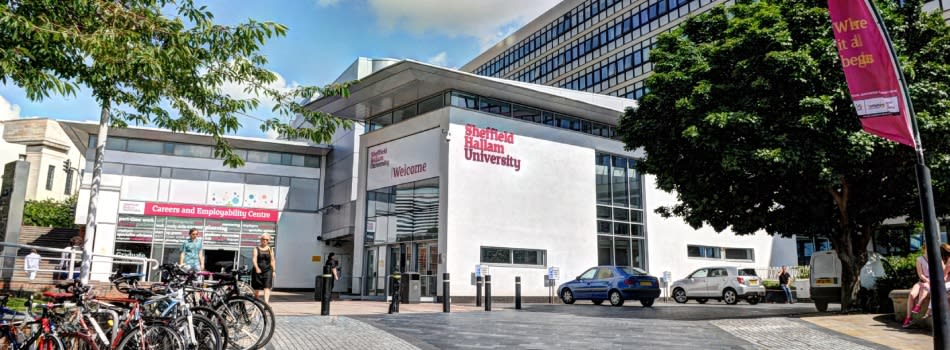The ISIS Neutron and Muon Source research centre based at Rutherford Appleton Laboratory (RAL) uses Ta-W source (target) to produce neutron pulses for neutron scattering experiments for various specialists condensed matter research applications.
During its operation, the target is cooled by water circulated at high velocity causing erosion-corrosion damage, which leads to premature failure of the target material. New approaches are being sought for the next generation targets wherein tantalum cladding will be replaced with alternative materials with the intention of developing more robust, higher power targets with improved operation lifetime.
One approach is to use TZM alloy cladding (Titanium, Zirconium, carbon and Molybdenum) instead of tantalum. The alloy is under development and needs a careful programme of analytical studies before being used as an alternative to tantalum. Through this project various aspects of the work will be undertaken. The broad outline of the research, which is to be undertaken at the National HIPIMS Technology Centre (NHTC) based at Sheffield Hallam University (SHU), is as follows:
1. Alloy samples (supplied by RAL) representing different manufacturing processing techniques (as-sintered, Hot Isostatic Pressing [HIP] and Electron Beam Welded [EBW]) will undergo analysis.
2. Thorough characterisation of these alloys such as microstructure phase analysis, establishing a relationship between microstructure and processing technique with mechanical properties (tensile, hardness, impact, fatigue etc).
3. Investigate aqueous abrasive particle erosion-corrosion and corrosion performance of these alloys inorder to establish a relation with its processing technique/ mictostruture.
The NHTC and MERI is equipped with a broad range of advanced analytical techniques for surface and material analysis which will be appropriately used to drive the research project. These include Electron Microscopes (SEM, FIB, EBSD, TEM, AFM), X-ray techniques (XRD, XRF) and a number of spectroscopic techniques (SIMS, SNMS, Raman). An impinging jet aqueous erosion-corrosion apparatus / cavitation erosion (sonotrode) apparatus will be used for erosion-corrosion evaluation.
Besides training from the Doctoral school, the PhD student will get a unique opportunity to get trained on the above analytical equipment with a ‘hands-on’ approach. Prior experience of using these techniques is not essential as appropriate training will be provided. Basic understanding of Material Science / Metallurgy is essential.
The position is fully funded for home students (UK), international students may also apply and are expected to pay the difference in fees.
Eligibility
Information on entry requirements can be found at https://www.shu.ac.uk/courses/engineering/phd-materials-science-and-engineering/full-time/2022
How to apply
To apply, please submit a completed application form, CV, and cover letter to [Email Address Removed] by the closing date of 22nd May 2022. Please note, a research proposal is not required for this application.
We strongly recommend you contact the lead academic, Yashodhan Purandare ([Email Address Removed]), to discuss your application
Start date for studentship: 1st October 2022
Interviews are scheduled for: Week commencing 20th June 2022
For information on how to apply please visit https://www.shu.ac.uk/research/degrees

 Continue with Facebook
Continue with Facebook




